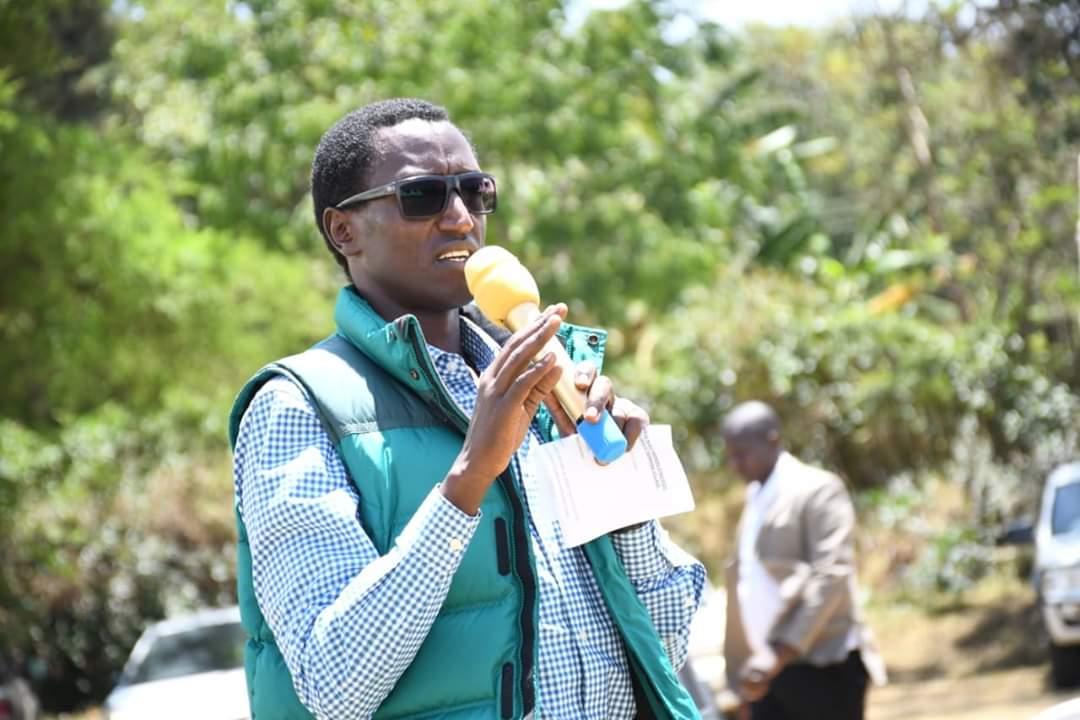Every creative mind has a story about how they came to be

The art sector has been growing steadily in Kenya. The advent of the internet means access to more audiences worldwide, while growing size of the middle-class population means there is a growing market share for various artists and their products and services.
While there are numerous opportunities and challenges in the creative industry, Create The Space and Upsyd Digital Networks saw a gap in how knowledge is shared among creative artists.
This birthed the idea of a 22-minute documentary called The Creative Process, produced by Chaxy Chacha, and with a catchy musical score by Mutoriah.
The film follows seven Kenyan filmmakers and examines their career journeys.
These creatives are Bensoul, a musician under Sol Generation music stable; Trevor Maingi, renowned photographer and filmmaker; Naddya Adhiambo, a talented animator, pianist and founder of Nalo Studios; and David Avido, a fashion designer who has garnered world acclaim.
Others are sculptor and woodwork artist Samuel Njuguna, Naney Chelwek, a graffiti artist, and musician and architect Emma Cheruto.
Talent support
The documentary was launched in July this year with a screening at The Alchemist in Nairobi, followed by a panel discussion with the artists.
The film starts off by detailing how all the creatives’ journeys started, and the challenges they faced.
It explores the importance of parental support and exposure, as these largely shape the career choices that one ends up making.
“My parents nurtured my artistry by noticing my talent and facilitating its growth and by taking me to art camps when I was as young as three years old,” narrates Naddya.
While some panelists were clear on what they wanted to do from the onset, some chanced upon their careers.

Trevor, for instance, started photography and filmmaking as a hobby and took it up full time even though he has formal education in software engineering.
Others clearly knew what they wanted to do, but were faced with well-meaning parents who had loftier dreams for their children. Bensoul candidly shares how his parents were against his dream of being a musician.
“My parents did not think being a musician was economically viable. They did see how I was a musical child as I would mime playing a guitar with a mwiko and would fall asleep to the sound of the radio,” he says.
The artists also weigh in on the nurture versus talent debate, arguing that it is dependent on effort invested in the craft.
The challenges they discuss range from lack of funds to insufficient knowledge on opportunities.
The film is a treasure trove of knowledge and actionable gem for anyone looking to get into the creative industry.
The seven creatives were more than happy to share their knowledge in the panel discussion that followed the film.
To the question of how to deal with creative block, Trevor shared that having a clear schedule and taking time away from creative work is a sure way of preventing burnout.
“If you are overscheduled, you will at some point face creative block,” says Trevor, who has even shot globally-acclaimed British supermodel Naomi Campbell, for Architectural Digest.
Naddya’s method for dealing with creative block is to either take a break from the piece she is working on when it happens, or reverse the creative process.
She expounds, “If at any particular time I am working on an animation and pairing it with music, then I might reverse the process by starting with the music then getting back to the animation.”
Going global
The panelists also shared their personal experiences on going global and what it takes to be noticed by a worldwide audience.
“There is no secret to getting a global audience. All you have to do is create quality work that is of the standards of the audience you aspire to reach, then proceed to post about it on social media and be consistent with it,” says Trevor, adding that social media and his personal website have helped people know about him, despite that he did not actively go out looking for the global attention.
On his part, Avido cites social media as the tool that catapulted him onto the global stage.
“Having been born and raised in the Kibera slums, I leveraged social media to talk about my work. I use it to communicate about my corporate social responsibility.
I normally on-boards tailors from the surrounding community and equip them with the knowledge that can help them start their own business or even get employed as tailors or designers,” he says in conclusion.











